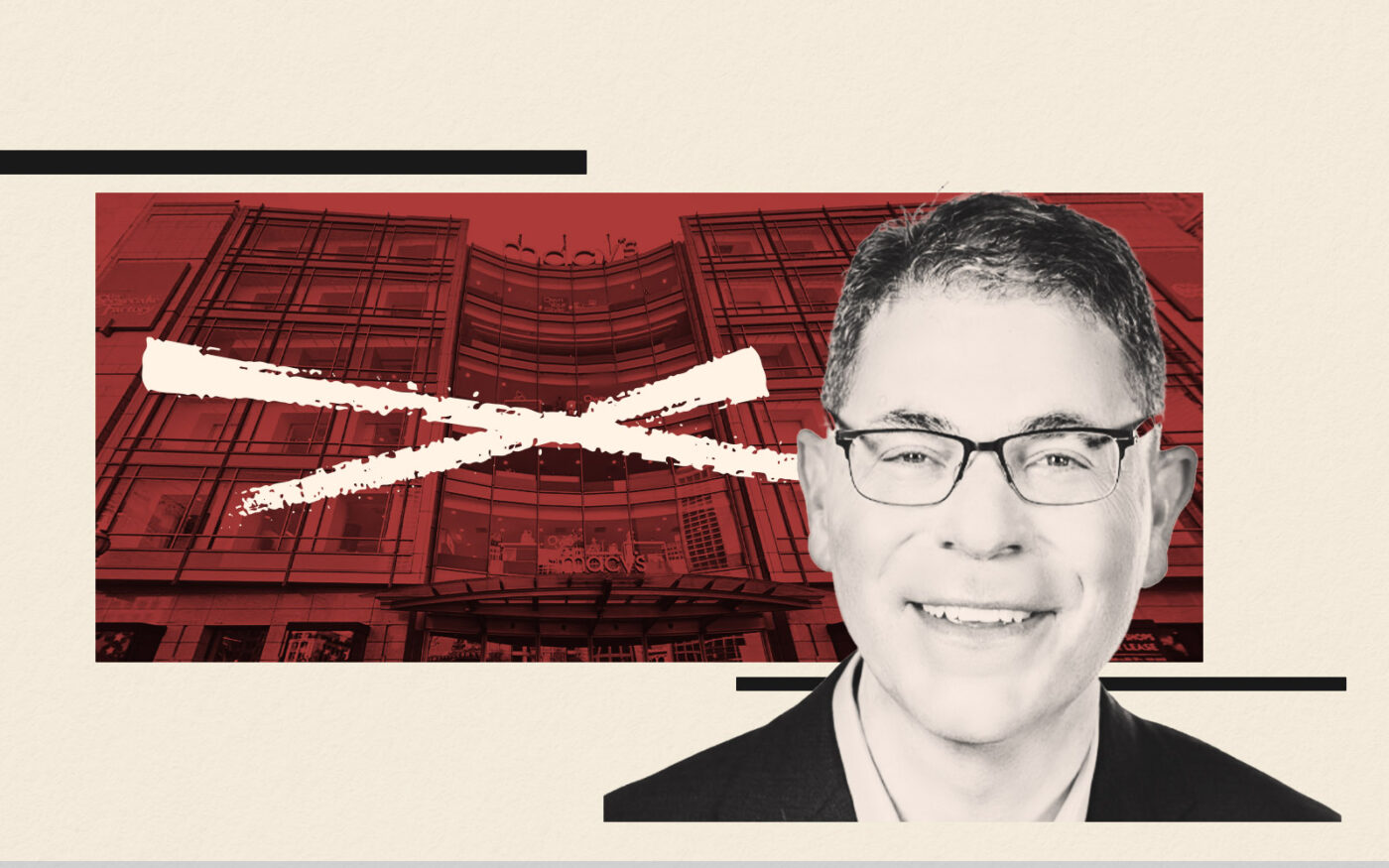First Nordstrom abandoned San Francisco, and now Macy’s is preparing to ship its parade of clothes, perfumes and home furnishings out of town.
The New York-based retailer plans to shutter its 400,000-square-foot flagship department store at 170 O’Farrell Street in Union Square, bringing to an end a 71-year run in the heart of the city, the San Francisco Business Times and San Francisco Standard reported.
The Downtown Macy’s fell into the crosshairs of new CEO Tony Spring, who decided to close 150 underperforming department stores to boost sales and pivot toward selling luxury goods.
The closures include 30 percent of Macy’s stores and will take three years — including 50 by year’s end that don’t include the Union Square location.
San Francisco Supervisor Aaron Peskin, who said the company directly informed him of its plans, said the store that opened in 1947 will remain open until Macy’s finds a buyer for the property.
The closure will affect about 400 jobs, according to a local Macy’s workers’ union.
“It’s hard to think of Macy’s not being part of our city anymore,” Mayor London Breed said in a statement. “Change is happening in San Francisco.”
Macy’s, which owns Bloomingdale’s at the nearby San Francisco Centre mall, has for years been paring back its local retail footprint.
In 2016, the department store synonymous with Union Square sold a 260,000-square-foot storefront at 120 Stockton Street, formerly home to the Macy’s Men’s store, to Blatteis & Schnur and Morgan Stanley Real Estate. In 2019, developer Sand Hill Properties acquired the historic 240,000-square-foot Macy’s I. Magnin building at 233 Geary Street for $250 million, according to the Business Times.
“There is no getting around the fact that this announcement hurts,” Marisa Rodriguez, executive director for the Union Square Alliance, the community benefit district representing Union Square, told the newspaper.
Last month, Macy’s announced it would shut a 67-year-old store at the Bayfair Center mall in San Leandro. It now has 19 stores around the Bay Area, according to its website.
“Our threshold to keep stores open has become more stringent,” Spring said Tuesday during an earnings call. “Having the right footprint and location is important. But we must also have the right product at a value that we know appeals to our customers.”
The stores earmarked for closure represent a quarter of Macy’s gross square footage last year, but less than 10 percent of overall sales, Spring said.
In recent years, the central shopping district Downtown San Francisco has struggled with viral robberies and closures of major stores during a shift in consumer habits accelerated by the pandemic, according to the Business Times.
In April, Whole Foods announced it would close its flagship store in Mid-Market, citing the safety concerns of its managers and clerks.
In May, Nordstrom announced it would close two stores in San Francisco, including its 312,000-square-foot department store in the San Francisco Centre at 865 Market Street. The value of the half-empty indoor mall, now in receivership after its landlords walked away from the property, fell $1 billion.
In October, Starbucks announced the closure of seven of its stores in Downtown, including Union Square.
State Sen. Scott Wiener said there is “a lot of work to do” after the Macy’s closure to revitalize Downtown.
“There will be an automatic narrative that this closure has something to do with San Francisco or with crime,” Wiener told the Standard in an email. “But this is a mass closure. … We need to aggressively and creatively reimagine the future of downtown SF including union square.”
— Dana Bartholomew
